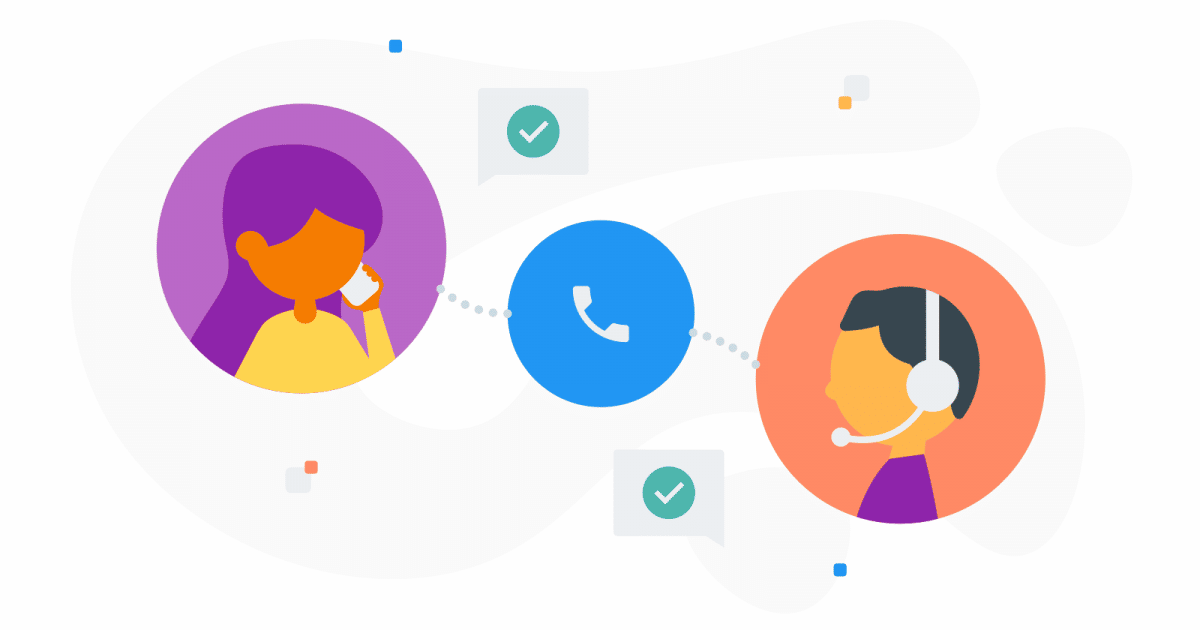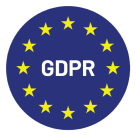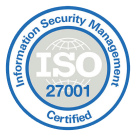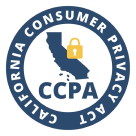Excellent customer service is built on a foundation of smart strategy, empowered agents, and data-driven decisions. Below are 19 actionable methods, including foundational, contrarian, and high-impact “quick win” tactics, to elevate your call center’s performance.
We created these tips based on our own CloudTalk customer service experience, so they are tested and proven to work for us internally. They are battle-tested and provided by our Head of Customer Support, Jiří Missbach.
With over 20 years of experience in telecom and customer support leadership, he currently serves as Head of Customer Support at CloudTalk (since 2024) after leading Mitel’s Support & Branch Operations for nearly 6 years, where he built and managed the company’s Prague Center of Excellence for EMEA Tier 2 and Tier 3 support.
So he is right person to give you ways how to lift your Call Center Customer Service and of course everything is backed by Data, our own research and his experience.
19 Strategies from our Head of Customer Service Jiří :
- Focus Relentlessly on First Contact Resolution (FCR)
- Swap Rigid Scripts for Flexible Frameworks
- Measure Customer Effort Score (CES), Not Just NPS
- Empower Agents, Don’t Just Train Them
- Quick Win: The “Proactive Apology” Campaign
- Fire Your Worst Customers
- Ban the Phrase: “Is there anything else I can help you with?”
- Quick Win: The “Callback Champion” Initiative
- Stop Prioritizing Average Handle Time (AHT)
- Integrate CRM Data for True Personalization
- Quick Win: The “Silent 30-Second” Audit
- Use AI for Real-Time Assistance, Not Just Chatbots
- Invest in Reducing Agent Turnover
- Automate After-Call Work (ACW)
- Analyze Call Transcripts for Systemic Issues
- Quick Win: The “One-Click Knowledge” Refresh
- Offer Proactive Support
- Provide Multiple, Connected Communication Channels
- Create a Culture of Continuous Coaching
Now let’s dig deeper into detail on each of those.
1. Focus Relentlessly on First Contact Resolution (FCR)
Solving a customer’s issue on the first attempt is the single most important driver of satisfaction. Data shows a 1:1 correlation between FCR and customer satisfaction (CSAT); for every 1% improvement in FCR, CSAT also rises by 1%.[1][2] The industry standard FCR rate hovers around 70%, meaning nearly a third of customers are forced to call back.[3]
- Action: Make FCR your primary agent-level KPI.
2. Swap Rigid Scripts for Flexible Frameworks
Rigid scripts prevent agents from listening and adapting to unique customer needs. In fact, 84% of customers report a better experience when the agent doesn’t sound like they’re reading a script.[4] Scripts are designed for predictable conversations, but human interactions are rarely predictable.[5]
- Action: Replace scripts with frameworks that outline key goals and required compliance language but empower agents to use their natural communication style to solve the problem.
3. Measure Customer Effort Score (CES), Not Just NPS
Net Promoter Score (NPS) measures loyalty but is a poor indicator of specific operational friction.[6][7] Customer Effort Score (CES), which asks “How easy was it to get your issue resolved?”, is a stronger predictor of future customer behavior and retention.[8][9] Reducing customer effort is a direct way to build loyalty.[8]
- Action: Implement a one-question CES survey immediately after an interaction to identify and fix points of friction in your service process.
4. Empower Agents, Don’t Just Train Them
Training teaches agents what to do. Empowerment gives them the authority to do it. When frontline employees are not empowered to make decisions, it creates poor customer experiences.[10]
- Action: Give agents clear guidelines on when they can issue credits, make exceptions, or bend a rule to save a customer relationship and without needing a supervisor’s approval every time.
5. Quick Win: The “Proactive Apology” Campaign
If you know a widespread issue is affecting customers (e.g., a service outage or shipping delay), don’t wait for the flood of calls. Studies show 87% of customers prefer proactive communication about service issues.[11]
- Action: Send a targeted email or SMS to all affected customers acknowledging the problem, apologizing, and providing an ETA for the fix. This can significantly reduce inbound call volume and turns a negative experience into one of transparency.
6. Fire Your Worst Customers
A small percentage of abusive, unprofitable customers can be responsible for a huge amount of agent stress, burnout, and turnover. Protecting your agents from abuse is more valuable than retaining a customer who is a net negative for your business.
- Action: Create a clear, fair, and documented policy for identifying and ending relationships with chronically abusive customers. Frame it as a necessary step to protect your team’s well-being and their ability to serve other customers well.
7. Ban the Phrase: “Is there anything else I can help you with?”
This question is passive and often feels like a way to end the call. A superior approach is to demonstrate proactive service.
- Action: Train agents to end calls with a proactive statement based on the customer’s account. For example: “While I have you on the line, I’ve reviewed your account and see your next bill is due in a week. Are you all set up for that?” This shows the agent is engaged and looking out for the customer’s best interests.
8. Quick Win: The “Callback Champion” Initiative
Your own data holds the key to improvement. Identify the top 5% of your agents with the highest FCR rates. They are your internal experts.
- Action: Organize a 30-minute peer-led training session where your “Callback Champion” shares their exact process, phrasing, and problem-solving techniques with the rest of the team. Peer-to-peer learning is often more effective than manager-led training.
9. Stop Prioritizing Average Handle Time (AHT)
- Action: Shift your focus from “how fast” to “how well.” Make FCR and CES the dominant metrics in agent scorecards and de-emphasize AHT.
Focusing on AHT encourages agents to rush, leading to incomplete resolutions and customer callbacks. A low AHT is a false economy. The real cost comes from repeat calls and frustrated customers.
10. Integrate CRM Data for True Personalization
Personalization is no longer a luxury; 71% of customers expect it, and 76% get frustrated when they don’t get it.[12] Businesses that offer personalized experiences can improve customer retention by up to 56%.[13]
- Action: Ensure your call center software is integrated with your CRM. When a customer calls, the agent’s screen should immediately show their name, purchase history, and previous interactions, allowing for a truly informed and personal conversation.
11. Quick Win: The “Silent 30-Second” Audit
The first 30 seconds of a call set the tone for the entire interaction. A quick diagnostic can reveal systemic issues in your agents’ greetings and initial discovery process.
- Action: For one week, have managers and QA specialists listen to only the first 30 seconds of 10-15 random calls per day. Note the tone, clarity, and effectiveness of the opening. Consolidate the findings into a brief coaching session for the entire team.
12. Use AI for Real-Time Assistance, Not Just Chatbots
While chatbots can handle simple queries, the real power of AI lies in augmenting human agents. AI can listen to calls in real-time and provide agents with relevant knowledge base articles, compliance checklists, and next-step suggestions.
- Action: Invest in AI-powered agent-assist tools such as CloudTalk that work alongside your agents during live calls, reducing cognitive load and improving the accuracy and speed of their responses.
13. Invest in Reducing Agent Turnover
High agent turnover is devastating for customer service. The average call center turnover rate can be as high as 60%, leading to inconsistent service, loss of knowledge, and increased costs.[14] When agent turnover is kept low (below 15%), customer satisfaction can increase by as much as 26%.[15]
- Action: Conduct exit interviews and agent satisfaction surveys to identify the root causes of turnover. Address issues like burnout, compensation, and lack of growth opportunities directly.[16]
14. Automate After-Call Work (ACW)
Manual call summaries and data entry are time-consuming and take agents away from what they do best: helping customers.
- Action: Implement AI tools that automatically transcribe and summarize calls. This can dramatically reduce ACW, improve the accuracy of call notes, and increase agent availability.
15. Analyze Call Transcripts for Systemic Issues
Your customer calls are a goldmine of data. Recurring problems often point to flaws in your products, processes, or website.
- Action: Use speech and text analytics to scan call transcripts for keywords and trends. If dozens of customers are calling about confusion over a new billing statement, the problem isn’t the customer because it’s the statement design. Fix the root cause.
16. Quick Win: The “One-Click Knowledge” Refresh
Your agents are the primary users of your internal knowledge base (KB) and the first to know when an article is outdated or unclear.
- Action: Create a simple, one-click button on every KB article that allows an agent to flag it as “needs review.” This crowdsources the maintenance of your most critical agent tool and ensures information stays accurate.
17. Offer Proactive Support
Proactive service means anticipating needs and solving problems before customers have to reach out. Proactive strategies can reduce inbound call volumes by 20-30% and significantly increase customer loyalty.
- Action: Use customer data to identify potential issues. For example, if a customer’s usage of a product is declining, trigger an automated email with helpful tips or an offer for a support call to prevent churn.[11]
18. Provide Multiple, Connected Communication Channels
Customers expect to be able to contact you via phone, chat, email, and social media. The key is to make these channels work together in an omnichannel strategy.
- Action: Ensure your systems allow for a seamless transition between channels. An agent picking up a phone call should be able to see the transcript of the customer’s prior web chat session, so the customer never has to repeat themselves.
19. Create a Culture of Continuous Coaching
Coaching shouldn’t be a punitive measure reserved for annual reviews. It should be a constant, supportive process integrated into the daily workflow.
Action: Use call monitoring software to provide in-line feedback on specific parts of a call transcript. Focus on celebrating wins just as much as correcting mistakes to build a positive, growth-oriented culture.














